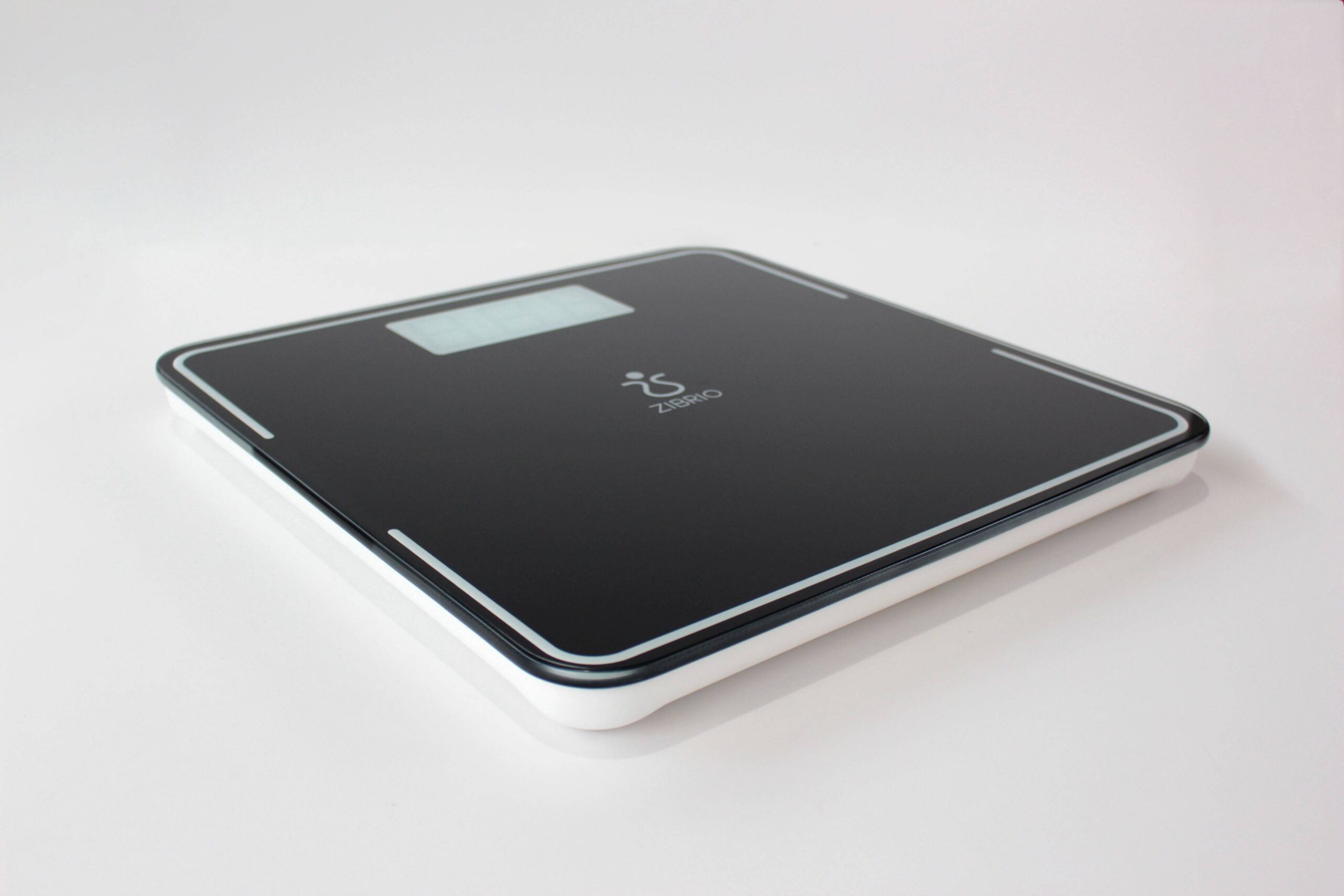What Medical Device Manufacturers Can Learn from Connected Devices
Connected medical devices are becoming more popular. There’s a level of customer demand and expectation for them, but also a direct benefit to the device manufacturer and healthcare practitioners.
Once medical device manufacturers connect a device to the cloud, they can gather a lot of data. The question is, what can they do with that data?
There are actually a lot of possibilities, so let’s take a look at some of the top things that connected devices provide:
Predictive analytics
Predictive analytics allows us to look at existing data and make predictions for what might happen in the future. There are two forms of predictive analytics that device manufacturers can collect:
#1. Patient health
Medical device data may be able to predict when a patient might have a problem before the problem even arises. For example, a patient might have a set of characteristics or symptoms that can lead to a chronic disease. Gathering data and making predictions from it could allow the patient to move into the healthcare system sooner and avoid major complications in the future. The bottom line is that care can be managed better.
Avoiding readmissions is another potential patient health benefit. If there has been a problem with the patient already, patients and their clinicians will like to avoid costly readmissions to hospitals. Through data-mining, you can determine a patient’s risk of readmission. For example, you could look at risk factors and give doctors an indication of those early so they can better manage them with the patient.
#2. Device analytics
Sometimes devices fail in the field. No one likes to think about that, but depending on what the device was doing, it can be costly or have serious health effects. Major injury or death are worst-case scenarios for any medical device company.
Medical device companies can gather data and, with the aid of machine learning and artificial intelligence, predict problems before they occur, or before anything worse happens.
One example would be a heart pump. Obviously, these are immediately critical to patient health and it could be catastrophic if they fail. Let’s say the data records palpitations or other irregularities, the manufacturer can then be notified right away. The patient can then be contacted and sent in for medical attention before a serious problem develops.
Providing services based on data
Services based on data might include things like running some kind of algorithm to get a diagnosis or maybe using data to gather risk factors.
For example, let’s say there’s a device with a new way of diagnosing cancer. The manufacturer can gather data and pass information onto healthcare providers so that they can perform a better analysis of the information.
Another service would be to provide risk scores or predictions of what can happen based on the data. One example would be to look at genetic data and examine the likelihood of chronic illness based on genetic factors. This can be relayed back to the patient or healthcare provider, allowing them to take proactive steps for care.
To give another example, the data gathered can be used to provide a new kind of business model. When you look at traditional medical device models, a device is sold to a healthcare provider or patient, they’re charged for it right then and there, and that’s it apart from any maintenance requirements. Under new business models, people are leasing devices and charges are based on actual use. For example the number of uses or the number of tests actually done with the device.
Use data for maintenance or calibration
Maintenance of medical devices is often following the calendar. There will be some kind of procedure in place, such as “each device is to be maintained once each year,” and maintenance technicians have to get out to every device.
However, not all devices are used the same way, and not all may be calibrated the same way, even within the same batch of devices. By being smart about how they use device data, medical device companies have the opportunity to be more efficient with their maintenance scheduling. Instead of getting out to every device on a calendar-based program, they can attend to devices that need it most first. Potentially, they can save on time and personnel required.
Look for new product opportunities
Data mining provides medical device companies the opportunity to improve current products or come up with something completely new.
When you capture a lot of data, you may see secondary indications which haven’t occurred to you before. For example, there is a dental device that was used to reduce the amount of time by which it was necessary for a patient to wear braces. As they gathered data over time, they found that not only was it useful for reducing the time in braces, but it was useful for reducing patient pain. This meant that a secondary use for the device or a modification made to the device could lead to it being sold for pain management.
Use the data for future risk analysis
If you have real-world data stored in a repository from your device you have the opportunity to use it for risk management analysis. This gives you more accuracy with your risk analysis, rather than relying on models that aren’t based on your actual data.
Another practical application is that you can use that data to prove to insurance companies that your device is providing results. Potentially, if you’re getting better outcomes, you can also get better reimbursements from the insurance companies, making your product more attractive to users.
From an FDA standpoint, you can use the data to prove your claims, or perhaps to get approval for expanded claims. They have a program in place that supports using Real World Data to make regulatory decisions.
Final thoughts
Collecting data can be very useful for medical device manufacturers. The data collected may have immediate applications for use, but it may also be able to impact future discoveries or decisions.
It makes a lot of sense from a business standpoint to connect your medical device, but of course, you need to weigh the risks and benefits first. To get more information about how you can cost-effectively connect your device, talk to us at Galen Data. We’ll look at your particular situation and help you out with solutions.






